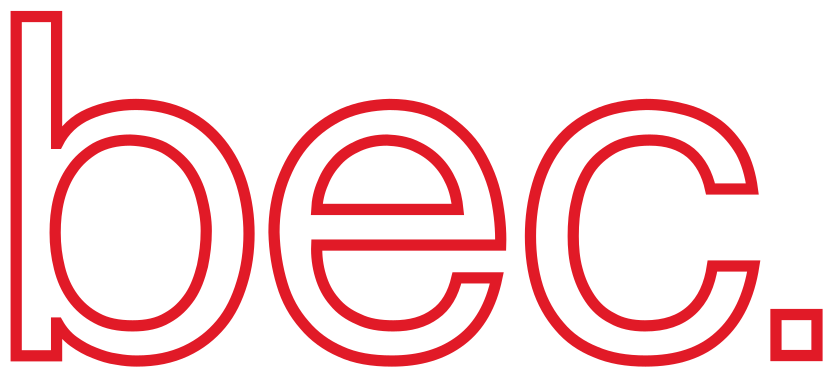bec_lib.logger.LogLevel#
- class LogLevel(value)[source]#
Bases:
int,EnumMapping of Loguru log levels to BEC log levels.
Methods
Returns self, the complex conjugate of any int.
Number of bits necessary to represent self in binary.
Number of ones in the binary representation of the absolute value of self.
Return an array of bytes representing an integer.
Return the integer represented by the given array of bytes.
Return integer ratio.
Attributes
the real part of a complex number
the imaginary part of a complex number
the numerator of a rational number in lowest terms
the denominator of a rational number in lowest terms
TRACEDEBUGINFOSUCCESSWARNINGERRORCRITICALCONSOLE_LOG- __add__(value, /)#
Return self+value.
- __mul__(value, /)#
Return self*value.
- as_integer_ratio()#
Return integer ratio.
Return a pair of integers, whose ratio is exactly equal to the original int and with a positive denominator.
>>> (10).as_integer_ratio() (10, 1) >>> (-10).as_integer_ratio() (-10, 1) >>> (0).as_integer_ratio() (0, 1)
- bit_count()#
Number of ones in the binary representation of the absolute value of self.
Also known as the population count.
>>> bin(13) '0b1101' >>> (13).bit_count() 3
- bit_length()#
Number of bits necessary to represent self in binary.
>>> bin(37) '0b100101' >>> (37).bit_length() 6
- conjugate()#
Returns self, the complex conjugate of any int.
- denominator#
the denominator of a rational number in lowest terms
- from_bytes(byteorder, *, signed=False)#
Return the integer represented by the given array of bytes.
- bytes
Holds the array of bytes to convert. The argument must either support the buffer protocol or be an iterable object producing bytes. Bytes and bytearray are examples of built-in objects that support the buffer protocol.
- byteorder
The byte order used to represent the integer. If byteorder is ‘big’, the most significant byte is at the beginning of the byte array. If byteorder is ‘little’, the most significant byte is at the end of the byte array. To request the native byte order of the host system, use `sys.byteorder’ as the byte order value.
- signed
Indicates whether two’s complement is used to represent the integer.
- imag#
the imaginary part of a complex number
- numerator#
the numerator of a rational number in lowest terms
- real#
the real part of a complex number
- to_bytes(length, byteorder, *, signed=False)#
Return an array of bytes representing an integer.
- length
Length of bytes object to use. An OverflowError is raised if the integer is not representable with the given number of bytes.
- byteorder
The byte order used to represent the integer. If byteorder is ‘big’, the most significant byte is at the beginning of the byte array. If byteorder is ‘little’, the most significant byte is at the end of the byte array. To request the native byte order of the host system, use `sys.byteorder’ as the byte order value.
- signed
Determines whether two’s complement is used to represent the integer. If signed is False and a negative integer is given, an OverflowError is raised.
